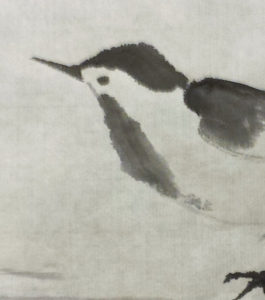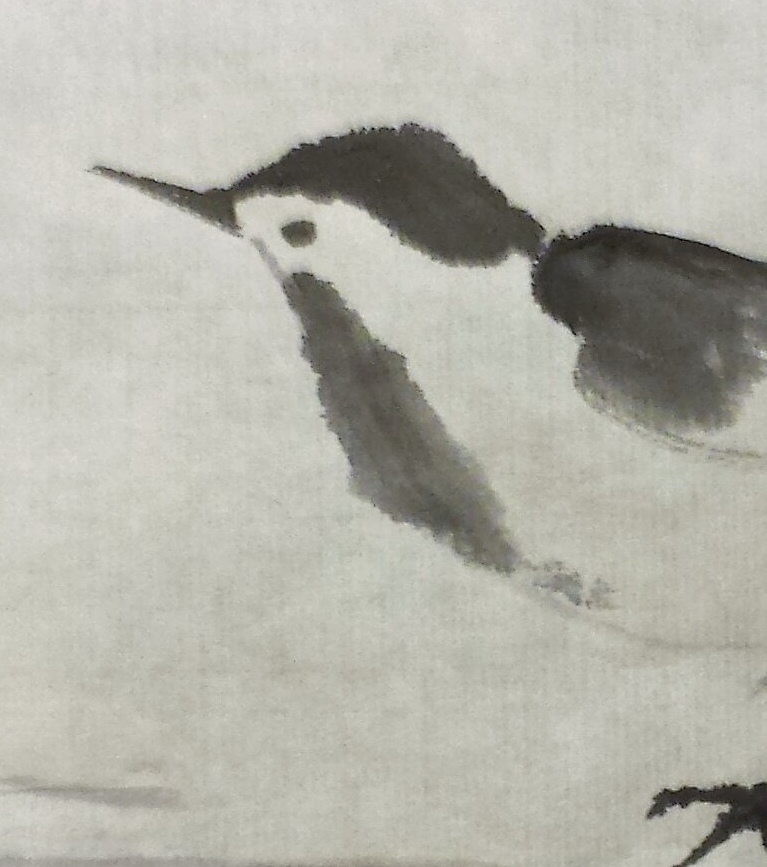#9 KEROUAC’S HAIKU—Part Two: The Luminous Dregs of My Coffee

Allen Ginsberg liked to say, “Notice what you notice,” by way of meditative writing advice. We notice things, but then we’re in a hurry and already on to the next one. Or we self-edit, and tell ourselves what we saw has no importance or meaning, and paper it over with something else. But things do stand out and often there’s some feeling of depth there, whether or not easily articulated. He would also say, “Vividness is self-selecting.” Kerouac:
The dregs of my coffee
Glisten
In the morning light
The luminous world isn’t necessarily any farther away than your coffee cup, as this haiku points out. If it stops being a matter of what you tell yourself is important, you might open to that implication in the world around you:
Train on the horizon—
my window
rattles.
What’s both far away (“on the horizon”) is also right here (“my window/rattles”), if you let it in. If via haiku you can strike the gist of the ordinary world you’re already alive in, it turns the tables on the American rush to the next thing and on “ordinariness” (to be ignored) itself. To feel the granular vividness of any moment connects the mind to the brilliant, timeless level of phenomenal reality—one that never went anywhere, despite the advent of 24 hour media and the constriction of consciousness into a few inches of cell phone screen.
The summer chair
rocking by itself
In the blizzard
The magic of the world goes on without us, but we become a part of it by noticing our own perceptions, and haiku trains one in refining this awareness. Here, Kerouac notes the misplacement of the “summer chair” in the winter blizzard, but more eerie is the fact of its rocking with no one in it. Against the white out of the storm, it becomes virtually a metaphor for emptiness, nothing there and no one home, and yet…the chair rocks.
Rain’s over, hammer on wood
–this cobweb
Rides the sunshine
Three, well, four elements here: everything wet, hammer sound, cobweb, and sun. It’s a quiet, joyful moment. The hammering punctuates the background with the construction of ordinary life going on, but the foreground becomes something as simple and beautiful as lit strands of web.
Snow in my shoe
Abandoned
Sparrow’s nest
“Abandoned” joins the two images here, describing them both. The snow emphasizes the absence of the person, while the nest emphasizes the absence of the sparrows. Conversely, by describing the absence with particularity, what’s absent becomes more present, part of what remains. There, and not there. Another gleam of emptiness Kerouac crystallized.
It’s the world we’re already alive in. Sensory vividness, no farther away than your eye or ear, composes the essential construction material of the haiku.
(Finally, next time, KEROUAC’S HAIKU—Part Three: The Flowers Don’t Seem to Mind)


Nice Gary
I enjoy the blog
so poignant
Nowness is penetrating in Haiku
Thanks mm
It’s the most honed way of formally expressing meditative experience in words.